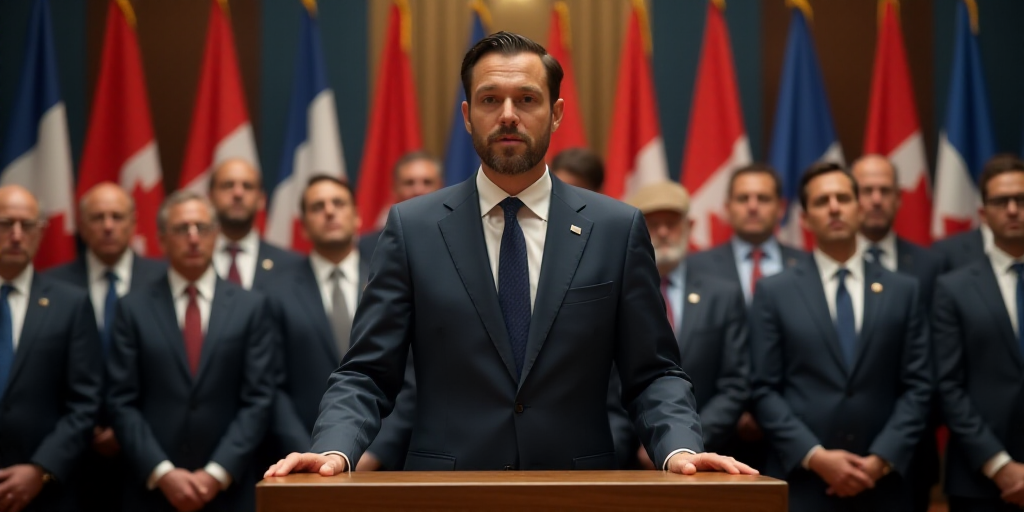Background on Donald Trump
Donald J. Trump served as the 45th President of the United States from January 20, 2017, to January 20, 2021. A prominent businessman and television personality before entering politics, Trump is known for his controversial policies and outspoken communication style. His presidency was marked by significant changes in U.S. trade policies, including the imposition of tariffs on various goods imported from different countries.
Tariff Implementation
On the specified date, President Trump announced and celebrated the implementation of tariffs on goods from his trading partners. These tariffs were set to take effect starting Friday, targeting various products from multiple countries. The primary objective was to protect American industries and jobs by making imported goods more expensive.
Key Countries Involved
- China: Targeted with tariffs on billions of dollars worth of goods, including electronics, machinery, and agricultural products.
- European Union: Faced tariffs on goods such as steel, aluminum, and motorcycles.
- Canada: Tariffs were imposed on steel, aluminum, and various agricultural products.
Trump’s Rationale and Impact
In his statement, Trump emphasized that these tariffs would “make America great and wealthy again.” He believed that by protecting American industries from foreign competition, domestic manufacturers would thrive, leading to job creation and economic growth. However, critics argued that these tariffs could result in retaliation from trading partners, potentially harming American consumers and businesses through increased prices on imported goods.
Potential Consequences
- Escalation of trade tensions: Countries targeted by the tariffs might respond with their own countermeasures, leading to a trade war.
- Higher prices for consumers: As import costs rise, American businesses and consumers may face increased prices on various goods.
- Uncertainty for businesses: Companies reliant on imported materials or facing export restrictions could experience disruptions in their supply chains and reduced sales.
Negotiations and Deadline Pressure
As the deadline for tariff implementation approached, some countries were actively negotiating with the United States to avoid or mitigate the impact of these tariffs. However, time was running out for these negotiations, and Trump’s stance remained firm.
Key Players in Negotiations
- China: Engaged in trade talks with the U.S. to potentially reduce or eliminate tariffs in exchange for concessions on other issues.
- European Union: Sought to resolve disputes over steel and aluminum tariffs through dialogue with the U.S.
- Canada: Worked to address concerns related to softwood lumber and dairy products in negotiations with the U.S.
Key Questions and Answers
- Q: Who is Donald Trump? A: Donald J. Trump served as the 45th President of the United States from 2017 to 2021, known for his business background and outspoken communication style.
- Q: What are tariffs? A: Tariffs are taxes imposed on imported goods, making them more expensive for consumers and businesses.
- Q: Which countries were targeted by Trump’s tariffs? A: Countries like China, the European Union, and Canada faced tariffs on various goods.
- Q: What was Trump’s goal with these tariffs? A: Trump aimed to protect American industries and jobs by making imported goods more expensive, thereby fostering domestic manufacturing growth.
- Q: What were the potential consequences of these tariffs? A: Potential repercussions included trade tensions, higher prices for consumers, and business supply chain disruptions.






